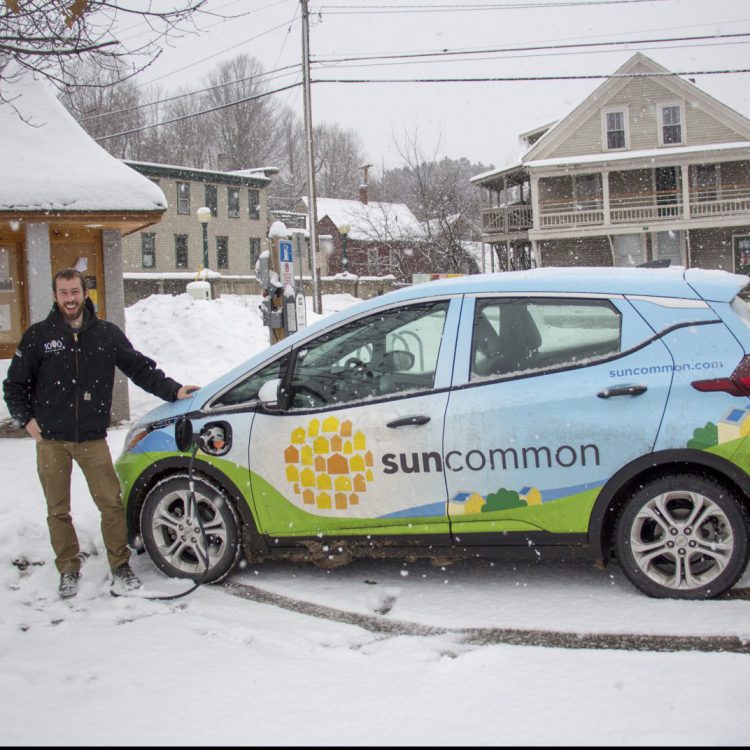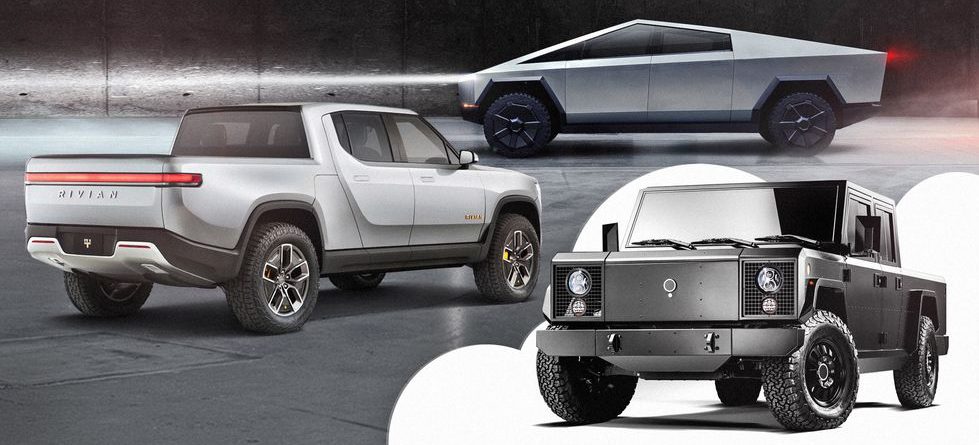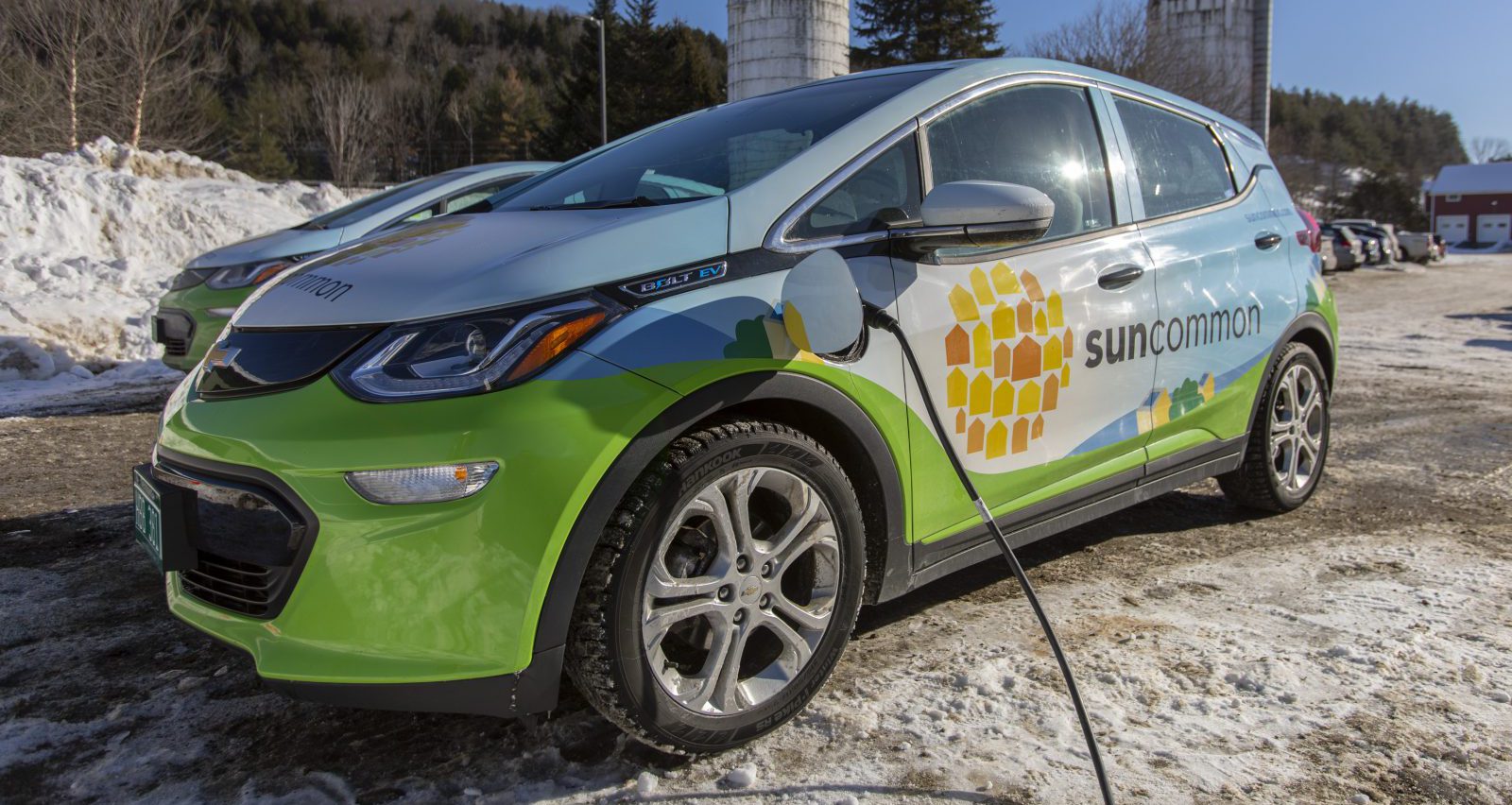Everyday it seems like we’re seeing more and more electric vehicles (EVs) on the road. And by all predictions, that progress is not slowing down anytime soon. Recent studies say that by 2040, over 50% of new cars on the road will be all electric! So the question is, if price and car performance are comparable to (if not better than) traditional gas guzzling cars, what’s holding people back from making the switch? Similar to switching over to solar power, it feels like a no brainer for many people… Have a similar experience, save money, and support a healthier environment? Why wouldn’t you get on board?
As a company obsessed with moving towards a clean energy future (which includes clean transportation) this is one question we’ve spent some time thinking about. So, we sought out to discover the most common questions and misconceptions people may have when considering an electric car…


Are there good incentives available for EVs?
Yes! As state and federal governments want to encourage the switch to electric cars, there are a variety of incentives available to car buyers. These incentives significantly changed with the recent passage of the Inflation Reduction Act. The Federal tax credit can still be up to $7,500, but there are new criteria that auto manufacturers need to meet in order for their EVs to apply.
The $7,500 Federal tax credit is broken up into two halves:
- The first $3,750 is applicable for vehicles whose “final assembly” takes place in North America. Only a handful of EV’s currently comply with that requirement, but many manufacturers are already in the process of opening new North American facilities.
- The second $3,750 is available based on the source location for the minerals used in the electric battery. The incentive is only available for specific US trade partners and is not available for minerals from specific “foreign entities of concern.”
What you may notice is that this criteria is not fixed. It will change over time as auto manufacturers shift their operations to comply with these incentives. It will be important to do your research before buying a car to make sure your EV is applicable for these incentives.
In addition to the Federal EV incentive, many states also have an incentive available based on income bracket. Lastly, many utility companies offer an additional incentive available to ratepayers. So there are significant savings available to help get people into an EV. As an example, your writer (hello!) saved over $15,000 off the MSRP when getting into a brand new Nissan Leaf at the end of 2019. With all of these incentives, the payment plan for this car was one of the best deals around. But these incentives won’t be around forever, so now is a good time to take advantage of them while they’re here. (Plug-in America has a great map to show all the available incentives).


What is the average distance you can drive on one charge?
Well, the short answer is that it depends on your car. The majority of new electric vehicles available today have a range over 200 miles which is an improvement over earlier models of EVs. While this doesn’t match the range of a gas tank, the average person in the US drives about 40-50 miles a day. So if you have an EV charger at home (recommended) you’ll have plenty of mileage to get where you need to go. And with minimal planning, you can easily stop at one of the many public chargers to extend your driving range.
What is the maintenance for an EV?
The short answer is, not much! There are fewer moving parts in an EV since there’s no internal combustion engine. That means no oil changes, spark plugs, fuel pumps, or exhaust systems. Recent studies show costs can be 35% less than a traditional internal combustion engine. That can add up to big savings over the life of the car!
Is it more expensive to pay for electricity than gas for electric cars?
No way! Driving an electric car is consistently cheaper than filling up at the pump. It does however vary by state depending on the cost of gas and electricity where you’re charging. In general savings are between 25-50% when driving on electricity! Most people charge their EVs at home instead of at a public charging station to maximize their savings. However, public charging availability is also growing in availability for those who need it.


Are EVs good in the snow?
Yes! Scores of consumer reviews and show that electric vehicles handle very well in the snow. The difference is that they have a very low center of gravity due to the battery that spans the bottom of the car helping it stick to the road. Most of the available EVs right now are front wheel drive (except the Tesla AWD), so you won’t have the performance of an all wheel drive, but they still have above average performance in the snow.
Is there an all electric SUV or truck?
The two electric trucks that you now see on the road are the Rivian and the F-150 Lighting. These trucks are new to the roads in 2022, so you can get in line with a reservation.


So, are you ready to make your next car an EV? Many people say once they make the switch, they’d never go back. In fact, many individuals and some companies (SunCommon included!) have signed The Drive Electric Pledge! By signing this, we’ve pledged not to purchase or lease any more fossil fuel burning vehicles, whenever there is an electric alternative. Join us and sign the pledge, or check out the Sun Carnival and test drive some of the most popular EVs on the market!





